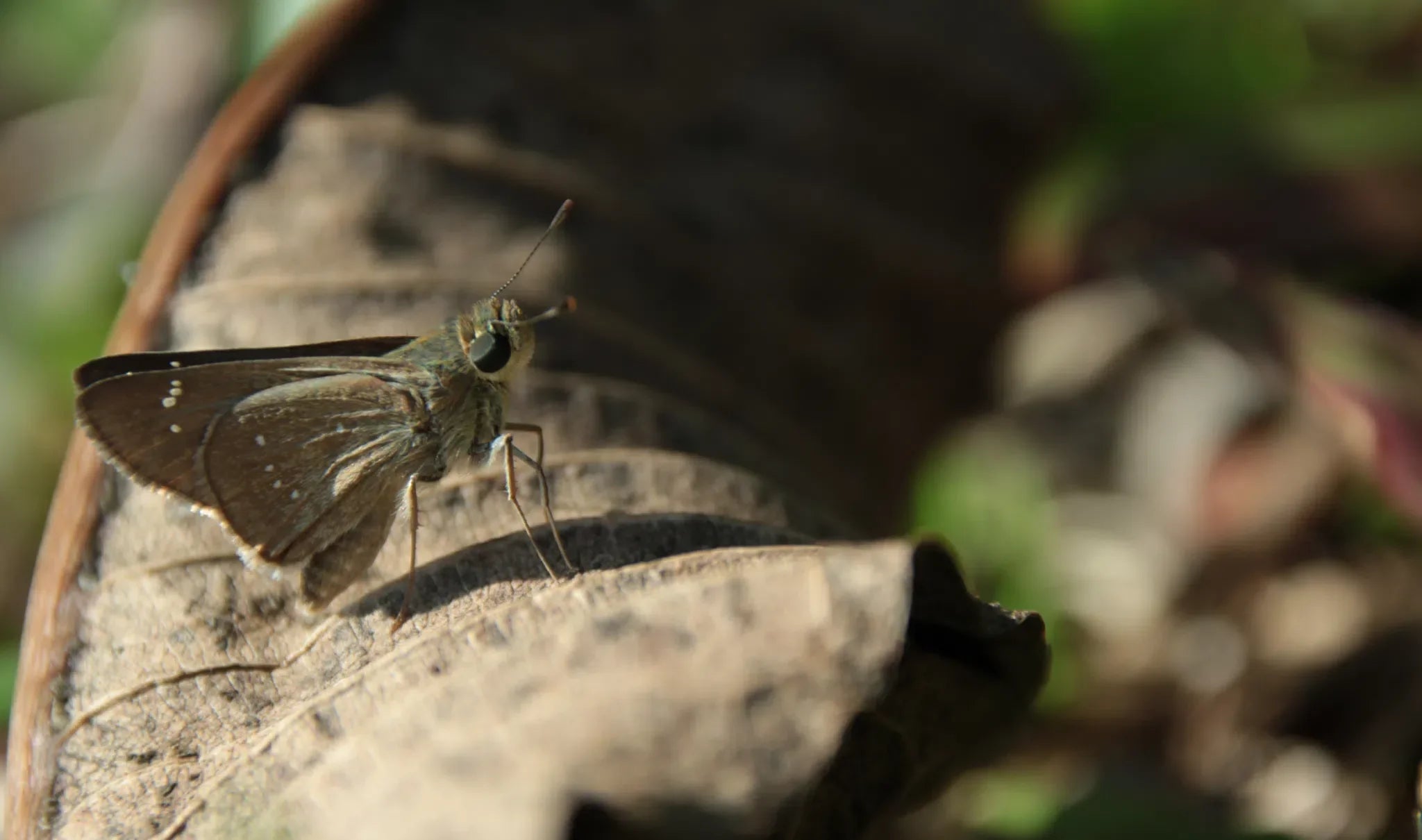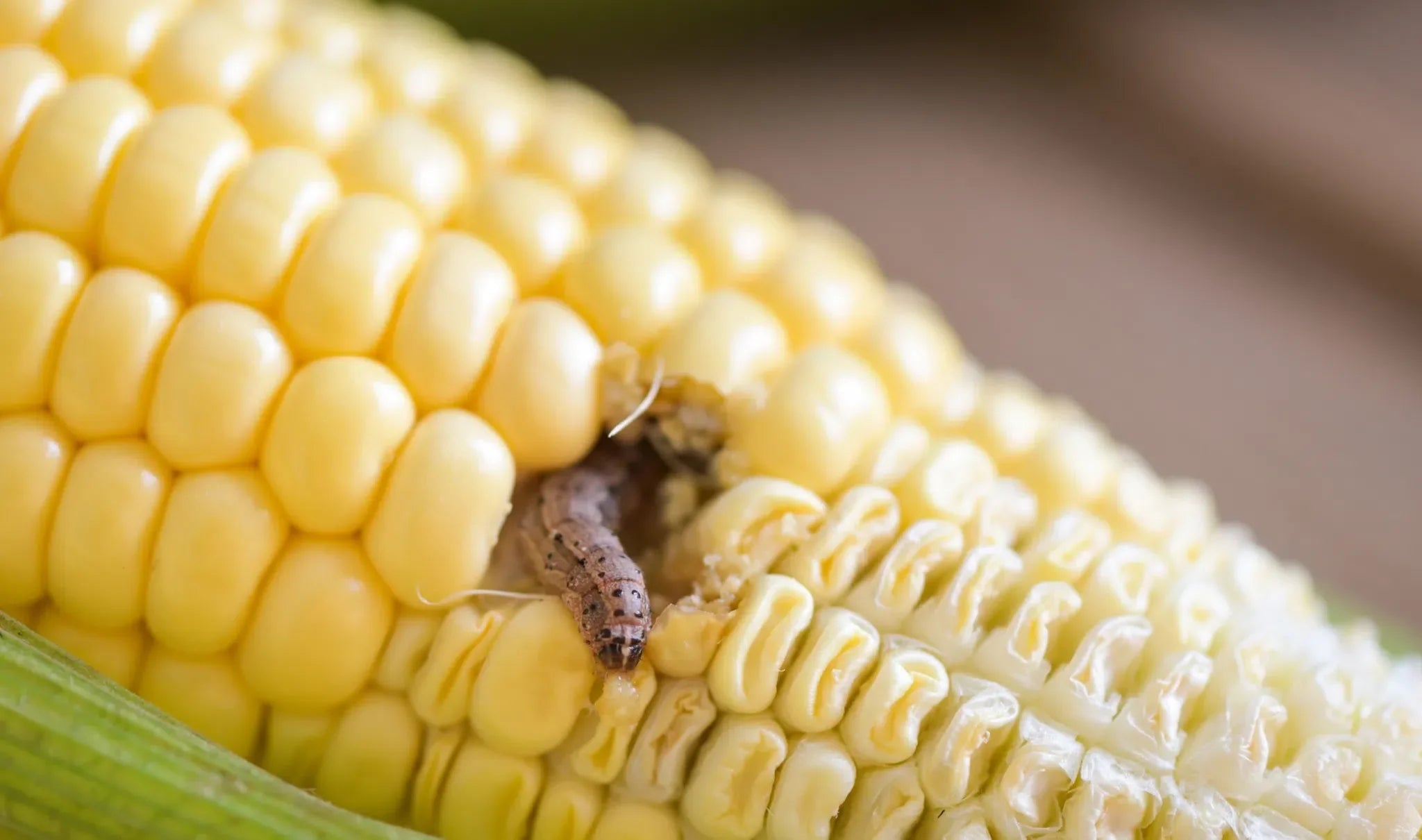Identify and combat brass beetles naturally
The brass beetle (Niptus hololeucus) is an unwelcome tenant in many households, storage rooms, and farms. Its rapid spread in damp and dark areas can cause significant damage.
Therefore, it's essential not only to take immediate control measures but also to use sustainable, environmentally friendly methods. This article will teach you how to identify the brass beetle, combat it effectively, and prevent future infestations naturally.
An overview of the pest
- Appearance: 3–4 mm in size, golden brown to brass colored, with dense hairs and a shimmering shine.
- Lifestyle: Nocturnal, hidden in cracks and crevices during the day.
- Diet: Feeds on dry organic materials such as grain, paper, textiles and carrion.
- Distribution: Worldwide, prefers damp, warm buildings such as cellars, warehouses or museums.
- Harm potential: Damages supplies and materials, but is not considered a health hazard.
Life cycle of the brass beetle
A female lays up to 200 eggs, from which larvae hatch after about two weeks. These resemble small caterpillars and can grow up to 6 mm long. They undergo a development phase of 4–12 months, depending on temperature and food availability.
After pupation, the adult beetles emerge. Under optimal conditions, they can live for up to two years and produce several generations – warm, humid rooms are ideal for their reproduction.
How to recognize an infestation
- Holes & gnawing marks: On textiles, carpets, leather or paper products.
- Droppings: Small dark crumbs in infested areas.
- Damaged wood: Especially visible in humid environments.
- Visible beetles & larvae: Mainly in dark, damp corners.
- Golden scales: Waste product of the beetles, clearly visible on surfaces.
Natural methods to combat
- Ichneumon wasps (Anisopteromalus calandrae, Lariophagus distinguendus): These beneficial insects parasitize the larvae of the brass beetle and prevent their further development.
- Neem oil: A plant-based biological insecticide that can effectively control both beetles and larvae.
Both methods are effective and at the same time protect people, animals and the environment – ideal for households and sensitive business areas.
Preventive measures
- Control humidity: ventilate, dehumidify, air condition.
- Clean regularly: Do not leave any organic residue lying around.
- Protect food: Store in airtight containers.
- Seal cracks and crevices: prevent beetles from entering.
Products for natural control
On our website you will find:
- Parasitic wasps: Effective helpers against larval infestation – particularly effective in hard-to-reach areas.
- Neem oil: Versatile, also suitable for repeated infestations.
Discover our natural solutions for household, warehouse, and commercial use – without risk to people or the environment.
Conclusion
The brass beetle can cause significant damage – but with a combination of detection, control and prevention, the pest can be effectively controlled.
Rely on natural methods – our parasitic wasps and biological agents will help you



